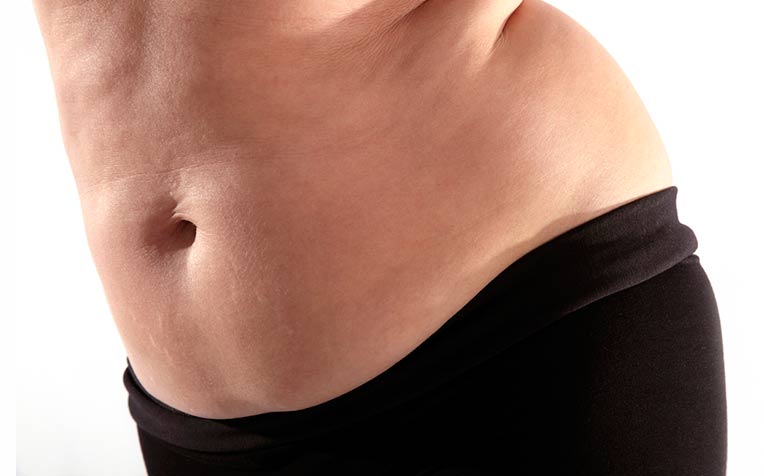
Mummy makeover procedures include breast lift, tummy tuck, liposuction, and vaginal and facial rejuvenations.
There are five types of procedures under the category of mummy makeover. Dr Terence Goh, Consultant from the Department of Plastic, Reconstructive & Aesthetic Surgery at Singapore General Hospital (SGH), a member of the SingHealth group, shares what they are.
1. Breast lift (mastopexy)
A breast lift (mastopexy) is done to lift the breasts which have deflated (due to volume loss) or sagged (due to the engorgement during breast feeding). Breast ptosis is a common problem especially if mothers who had engorged breasts or who have larger breasts to begin with.
 Occasionally, the breasts have lost significant volume and a breast implant is used to augment the breasts to make it fuller.
Occasionally, the breasts have lost significant volume and a breast implant is used to augment the breasts to make it fuller.
There have been occasions when patients enquire if they can use their own fats to augment their breasts. The answer is yes.
This can be done by doing a liposuction of the abdomen and flanks at the same time. The fat is processed using a PureGraftTM technique to maximise the yield and reinjected into the breast using special TulipTM cannulas.
2. Abdominoplasty (tummy tuck)
Abdominoplasty (tummy tuck) aims to remove the loose skin that’s caused by stretching during pregnancy. It may also remove some of the stretch marks.
At the same time, some mothers have a split muscle as a result of the pregnancy and this (repair of the rectus divarication) can be repaired during a “tummy tuck”. Without repairing the split in the rectus, the removal of skin alone will still leave a bulge in the tummy, giving a suboptimal result.
Below is a series of diagrams showing the changes to a women's abdominal muscles before and during pregnancy, and how an abdominoplasty (tummy tuck) can help to restore abdominal integrity post-pregnancy.
 Figure 1: Rectus abdominis muscle (pre-pregnancy) without any divarication (split) in the muscle.
Figure 1: Rectus abdominis muscle (pre-pregnancy) without any divarication (split) in the muscle.
Figure 2: Rectus divarication after pregnancy
Figure 3: After childbirth, rectus divarication remains and the split in the abdominal muscles leads to a bulge in the lower abdomen.
Figure 4: Tummy tuck and repair of divarication can restore the integrity of the abdominal wall and correct the bulge in the lower abdomen.
The end goal is to give the mother a flatter, tighter stomach and improving core muscle strength.
3. Liposuction (fat removal)
Liposuction (fat removal) is commonly performed together with an abdominoplasty to give better results. Liposuction may also be done at other parts of the body such as the flanks, thighs or back to complement the lipo-abdominoplasty procedure.
4. Vaginal rejuvenation
During child birth, the labia skin may be stretched and become overly large or asymmetrical. This can lead to discomfort and a feeling of abnormality. Vaginal rejuvenation aims to restore the normal anatomy.
5. Facial rejuvenation
Some women want to rejuvenate their faces during the same surgery. Injectables such as botox and fillers can help to restore youth to the face whilst fat grafting from the liposuction fat can be used to restore volume due to aging.
Ref: N18
Contributed by


















 Get it on Google Play
Get it on Google Play